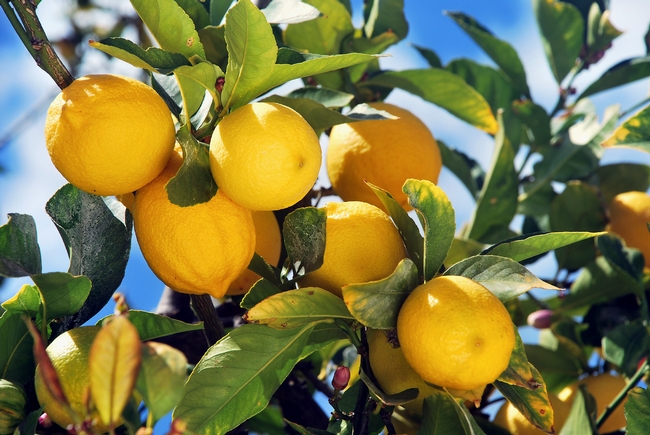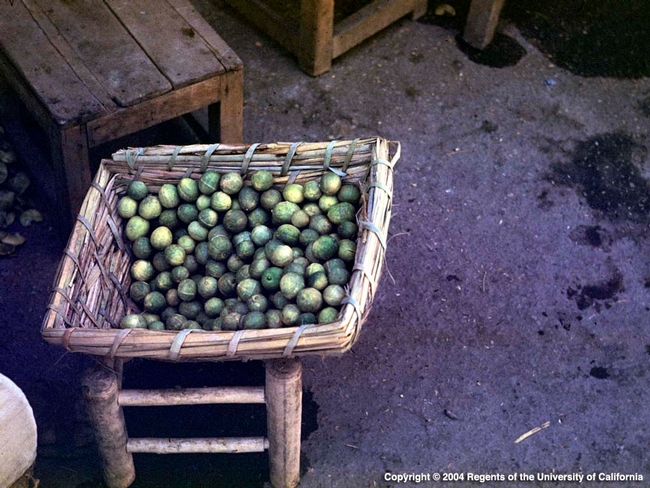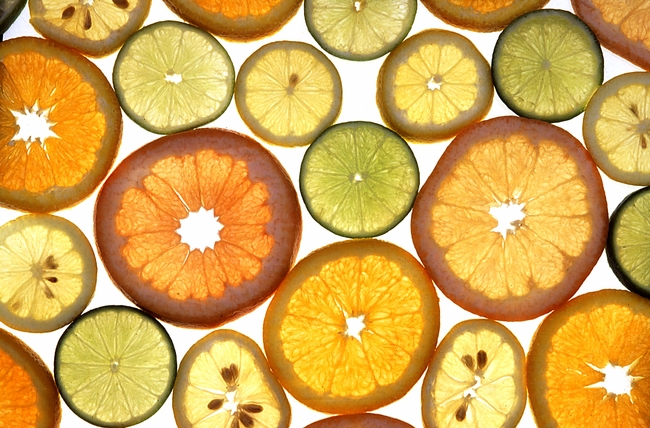
First of all, fertilize!
Citrus is a heavy feeder, particularly on nitrogen. Fertilizers are generally labeled with numeric ratios such as 3-1-1. Those numbers reflect the ratio of nitrogen (N) to phosphorus (P) to potassium (K), or N-P-K. Because citrus likes a lot of nitrogen, you want to purchase a fertilizer with at least a 2-1-1 ratio, or twice as much nitrogen as phosphorus and potassium. Citrus also requires trace minerals, which may be present in the fertilizer you purchase. If not, supplement with trace minerals such as a foliar kelp-based application. Feed according to the directions on the packaging.
Pruning
According to the Four Winds Growers website, citrus can be pruned any time of year, except in the winter for outdoor trees. If you will be overwintering your citrus tree indoors, you can prune now to reduce legginess and suckering. If your trees stay outside like mine, save the pruning for spring. Visit the Four Winds Growers website for more information on pruning.
Watering

Protect from Cold Temperatures
Citrus trees vary in the amount of cold they can tolerate. Lemon and lime trees are the most cold-tolerant, probably one reason why there are so many of them around the central coast. But all varieties of citrus need some protection from frost and/or freezing. A quick and short-lived plunge in temperature won't be as damaging as a prolonged exposure to cold. If you hear that a cold front is coming, get ready:
- Water all garden plants thoroughly before a freeze, since freezing soil will pull moisture from the plant roots
- Put old fashioned heat producing Christmas lights on your trees or landscape lights under your trees. Be careful that the hot bulbs don't come into direct contact with leaves as the leaves may scorch.
- Use frost cover blankets draped over your trees and attached to the ground to trap daytime heat. Be careful if using plastic covers because the trees could overheat during the day.
- If you have the space, you could also overwinter your citrus tree indoors to avoid frost. Move the tree gradually to avoid shocking it. It's also best to let the roots get a bit dry to ease the transition and prevent the roots from staying too wet through the winter. Ensure the tree gets at least 6 hours of sun per day, or supplement with grow lights. Once danger of frost has passed, gradually move the tree back to full sun in your yard.
The gift giving season is nearly upon us. Consider a potted citrus for yourself or a loved one! They'll repay you with evergreen foliage, sweet-smelling blossoms, and tasty fruit for years to come! For much more information on citrus, visit the Four Winds Growers website. There is also an abundance of information on citrus on the UCANR website (search for citrus). And visit our earlier blog post on how to prepare your citrus for winter here. Don't forget to subscribe to our blog so that you receive an email notification when a new post goes up. If you have questions, contact us online, by phone or in person to get answers to your gardening quandaries.
